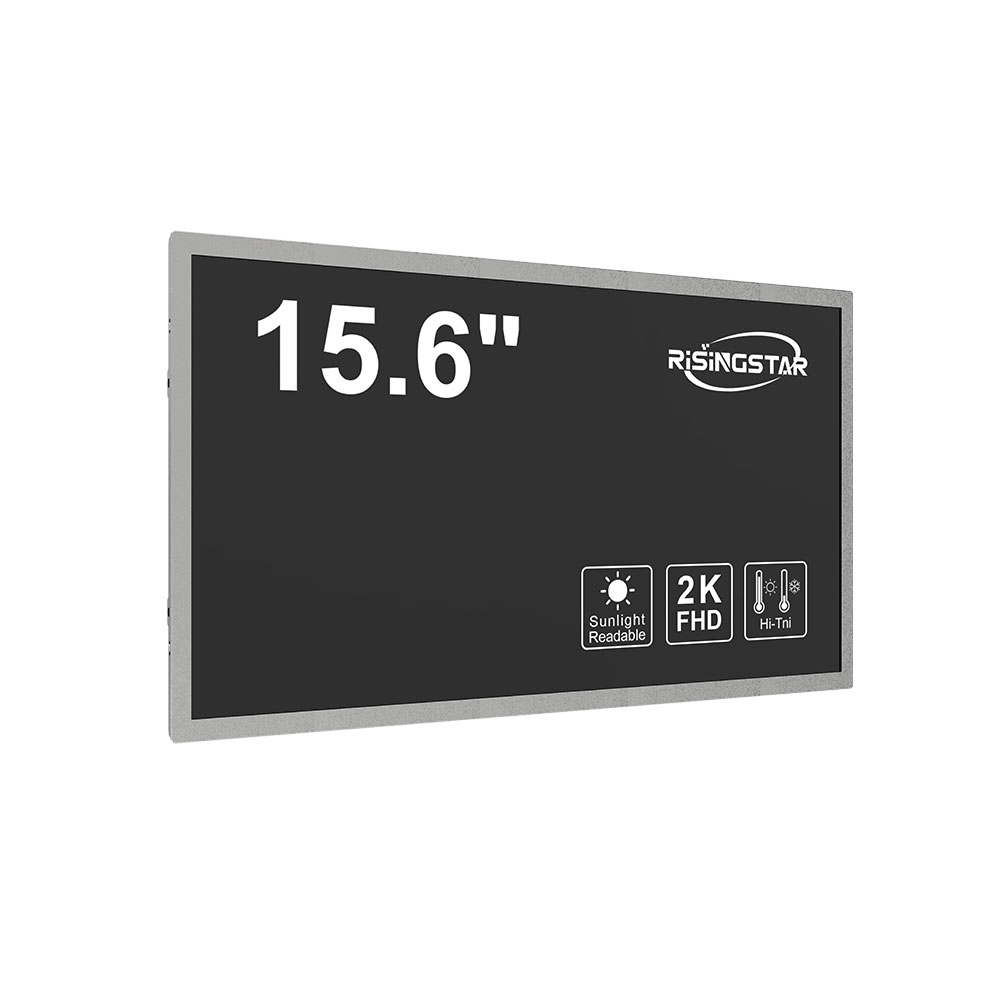- Home
- About Us
- Products
- News
- Video
- Contact
- Send Inquiry
Search
- Home
- About Us
- Products
- News
- Video
- Contact
- Send Inquiry

Outdoor LCD screens have become essential in modern urban infrastructure, serving critical roles in transportation hubs, retail environments, public information systems, and advertising. With increasing demand for high-brightness, weather-resistant displays that deliver clear visuals under direct sunlight, selecting the right outdoor LCD screen is no longer just a matter of aesthetics—it’s a technical decision rooted in performance, environmental resilience, and long-term cost-efficiency. This article explores key factors to consider when choosing an outdoor LCD screen, drawing from industry standards (such as IEC 60068 for environmental testing), real-world case studies from cities like Singapore and New York, and data from leading manufacturers like LG, Samsung, and Pardot.
The introduction to this topic begins with understanding why outdoor visibility matters. According to a 2023 study by Display Supply Chain Consultants (DSCC), over 70% of outdoor digital signage failures are due to inadequate brightness levels or poor thermal management—not design flaws. For example, a bus stop display in Tokyo that failed after six months was found to lack proper heat dissipation, causing panel degradation under constant sun exposure. Therefore, the first step in selection is assessing required luminance—typically 5,000 to 10,000 nits for full daylight visibility—and ensuring the screen meets IP65 or higher ingress protection ratings for dust and water resistance.
The main body of this analysis breaks down three core considerations: brightness, durability, and connectivity. Brightness must be matched to ambient light conditions using lux measurements; for instance, a screen installed in a shaded area may only require 3,000 nits, while one facing south-facing street lights in a city center needs at least 7,000 nits. Manufacturers now use local dimming technology and anti-glare coatings to optimize contrast ratios without excessive power draw—an important factor for energy efficiency. Durability involves evaluating materials such as aluminum frames, Gorilla Glass, and UV-stable polycarbonate housings, which prevent yellowing and cracking over time. Case studies from London’s Transport for All program show that LED-backlit LCDs with integrated cooling fans outperform traditional CCFL models in extreme temperatures ranging from -20°C to +60°C. Finally, connectivity options—including PoE (Power over Ethernet), 5G modules, and cloud-based content management—are vital for remote monitoring and maintenance, reducing downtime and operational costs.
The conclusion emphasizes that smart procurement decisions must balance upfront investment with lifecycle value. While a $1,500 outdoor LCD might seem attractive compared to a $4,000 premium model, failure rates over five years can exceed 40% if specifications aren’t rigorously checked. By referencing international standards like ISO 9001 for quality management and leveraging supplier certifications (e.g., UL, CE), organizations can ensure both compliance and longevity. Ultimately, whether deploying digital billboards in Times Square or informational kiosks in Dubai’s metro stations, choosing the correct outdoor LCD screen means investing in clarity, reliability, and future-proof technology.
